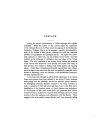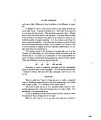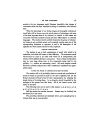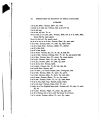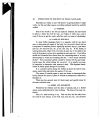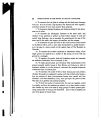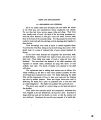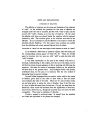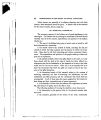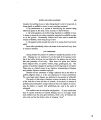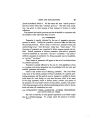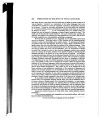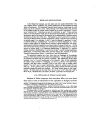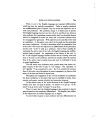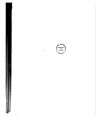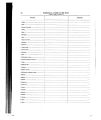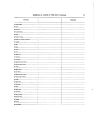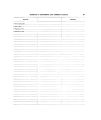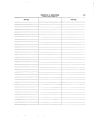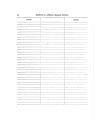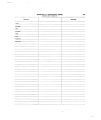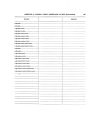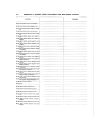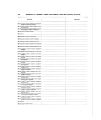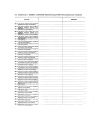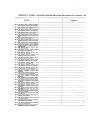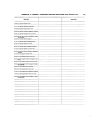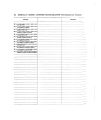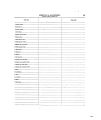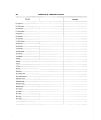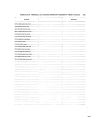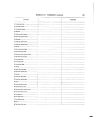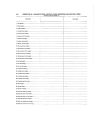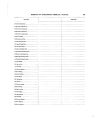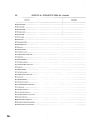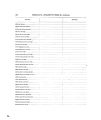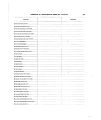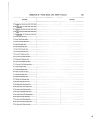| OCR Text |
Show 18 INTRODUCTION TO THE STUDY OF INDIAN LANGUAGES. Sometimes an Indian in jest will deceive by giving foolish or vulgar words; for this and other reasons everything collected should be carefully verified. § 1.- PERSONS. Most of the words in this list can easily be obtained, but care should be taken to obtain the word for man; not Indian or white man; and in most of the set to get the words called for, and not terms of relationship. § 2- PARTS OF THE BODY. In many Indian languages there is no separate word for eye, hand, arm, or other parts and organs of the body, but the word is found with an incorporated or attached pronoun signifying my hand, my eye; your hand, your eye; his hand, his eye, & c, as the case may be. If the Indian, in naming these parts, refers to his own body, he says my; if he refers to the body of the person to whom he is speaking, he says your, & c. If an Indian should find a detached foot thrown from the amputating- table of an army field hospital, he would say something like this: " I have found somebody his foot? The pronominal particle should be written with the pail; implying the name, the whole forming but one word. It is usually very easy, by inspection, to determine what pronoun is used. This linguistic characteristic is widely spread though not universal. It is a general custom among the Indians to pierce the ears for ornaments; many tribes also pierce the septum of the nose. The names of internal organs or parts can better be determined after having learned the names of parts of animals as subsequently called for in Schedule 12. There may be a general term for blood- vessel, and specific terms for the more noticeable ones. § 3.- DRESS AND ORNAMENTS. Primitively the Indians used the skins of animals, and, to a limited extent, crude textile fabrics for their clothing. The dress of the man consisted- First, of a head- covering or cap. This was often the skin taken from the head of some animal, as the wolf, bear, deer, fox, & c, and stretched |










